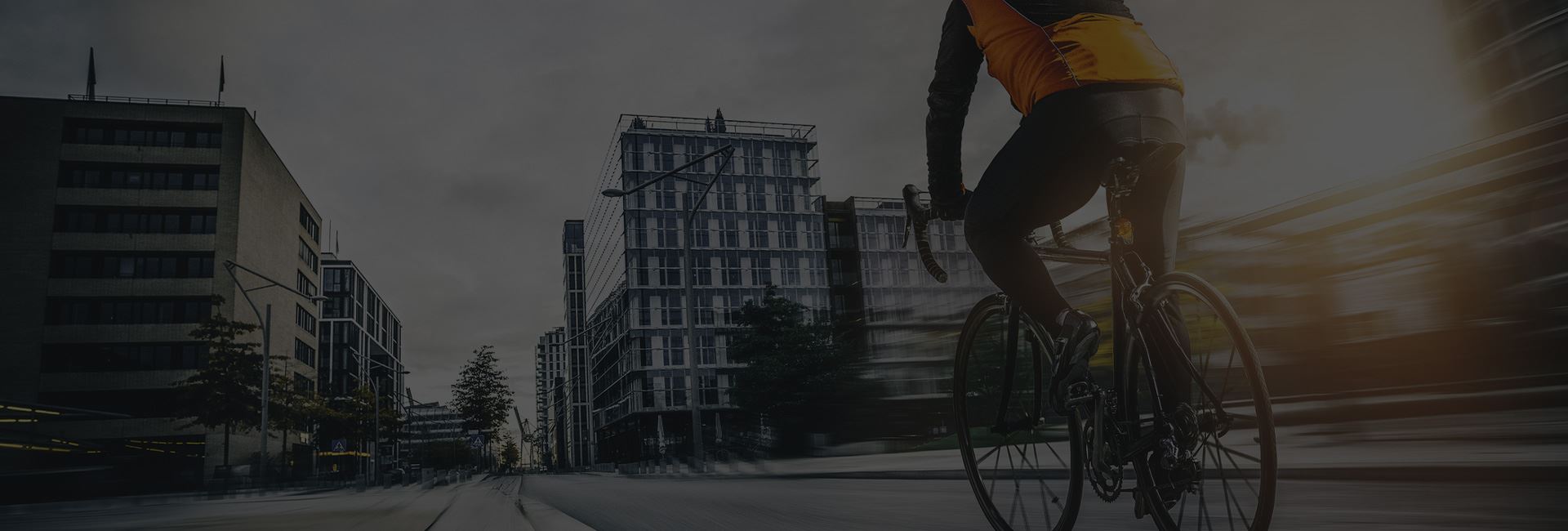“There was a time when I didn’t wear a helmet; I thought I looked like a dork,” Ms. Talese, a freelance photography director who lives in Manhattan, told me recently. “But I’ve realized it’s not negotiable. Helmets are really your only safety gear in a city where pedestrians and drivers are still learning to share the road with bikers.”
Whether you ride on hectic city streets or bucolic back roads, helmets are essential armor. Bicycle helmets have been shown to reduce the risk of head injuries by up to 88 percent and facial injuries by 65 percent, according to a Cochrane Database Systemic Review published in 2000. Bike riders who play against those odds do not fare well in accidents. More than 90 percent of the 714 bicyclists killed in 2008 were not wearing helmets, according to the Insurance Institute for Highway Safety.
Even a light blow to the head can be serious.
“You don’t have to be going fast to hurt your brain,” said Dr. Angela F. Gardner, president of the American College of Emergency Physicians. A simple concussion can be debilitating, keeping you off the job or operating at half speed for weeks. “And every concussion increases the likelihood that you will have an injury to the brain if another concussion occurs,” Dr. Gardner said.
People over 30 should be particularly careful because their gray matter is not packed as tightly as it used to be. And I don’t mean that only figuratively.
“As you age, your brain shrinks, but your skull does not,” Dr. Gardner said. “That extra space means that the brain can bounce around inside the skull and may be more easily damaged from a blow.”
Nearly half of all states have laws on the books that require children and teenagers, typically those under 16 or 18, to wear helmets. In New York, riders under 14 must wear a helmet. A handful of localities — including Dallas, El Cerrito, Calif., and Rockland County, N.Y. — have laws that require people of all ages to wear helmets when they are on a bicycle. But no states do. So in most places it is up to adults to police themselves.
If you are not a helmet wearer — yet — here is some good news: low-price helmets, as long as they meet federal standards, work just as well as high-price ones. So cost should not be an impediment.
Nor should style. There are now plenty of hip helmets on the market in a variety of shapes and shades. Ms. Talese, for instance, owns helmets in blue and silver. “My helmet is the finishing touch to my outfit. It’s like a hat.”
In this column I am focusing on bicycle helmets, which are designed specifically to cushion the blow of the falls most likely to happen from a bicycle. But remember, skateboarders, skiers and rollerbladers should wear helmets too, and those helmets should be specific to those sports.
Here is how to make a smart buying decision.
LOOK FOR A C.P.S.C. STICKER The sticker ensures that the product has met the federal Consumer Product Safety Commission’s standards. The commission requires that helmets be tested for impact resistance on special rigs, that they offer adequate peripheral vision and that their straps be sturdy, among other measures. Helmets are tested in a variety of conditions: when they are hot, wet, cold and at room temperature.
CHEAP CAN BE SAFE According to a study by the Bicycle Helmet Safety Institute, a nonprofit organization based in Arlington, Va., $10 helmets from Wal-Mart Stores and Target held up just as well as more expensive models from high-end outlets.
Last spring, the institute had an independent lab test six helmets in different price ranges. The report summarized its findings: “When you pay more for a helmet you may get an easier fit, more vents and snazzier graphics. But the basic impact protection of the cheap helmets we tested equaled the expensive ones.”
GET A GOOD FIT If the dork factor has been holding you (or your children) back, spring for a helmet in a color and shape you love — or at least do not hate. Check out the models from Nutcase, which feature bold graphics (stripes, flags, flames and such) in streamlined skater shapes. For more sophisticated styles, look at the options from Giro.
Whether you are buying for yourself or a child, be sure the fit is snug and comfortable. The helmet should sit two finger widths above your eyebrows, the straps should come under your ears and you should be able to open and close your mouth comfortably.
If your head tends to sweat, look for a helmet with vents.
LIGHT OR BRIGHT A helmet in a light, glittery shade makes you more visible and less likely to be hit on the road. If you ride in the evening, it is helpful to have a reflective helmet: The largest number of bicycle deaths in 2008 occurred between 6 and 9 p.m., according to the highway safety institute.
ONE FALL PER HELMETMost bike helmets are lined with expanded polystyrene foam, typically abbreviated as E.P.S. When you fall, the foam compacts (even though your helmet may look perfectly fine) and so will not cushion a subsequent blow adequately.
Because materials degrade over time, it is wise to replace your helmet every five to seven years. If your helmet dates from 2003 or earlier, buy yourself a new one.
BE A ROLE MODEL Wearing a helmet sets a good example for other riders and for children.
“We see plenty of kids in our trauma center who say they have helmets at home,” said Dr. Beth Ebel, director of the Harborview Injury Prevention and Research Center in Seattle. “The biggest problem with kids is getting them to wear their helmets consistently.”
Adam Bluestein, who has two children and lives in Burlington, Vt., never rides without a helmet. “I want my kids to know that always riding with a helmet is important. Now when we see people riding without a helmet, it’s like seeing someone smoking a cigarette — the kids practically gasp in horror. ‘How could someone do something so unsafe?’

